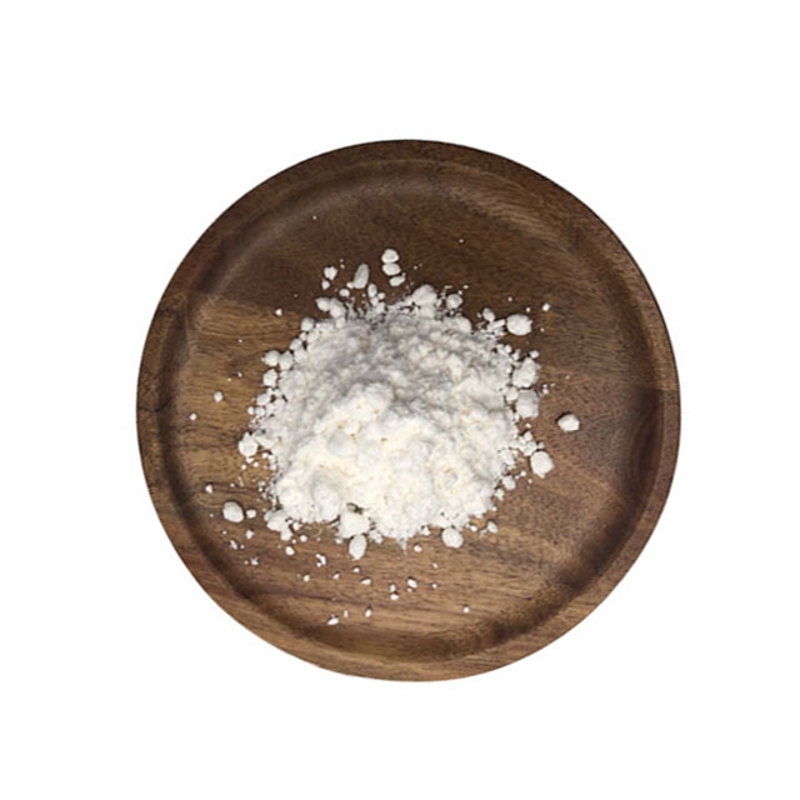-
Categories
-
Pharmaceutical Intermediates
-
Active Pharmaceutical Ingredients
-
Food Additives
- Industrial Coatings
- Agrochemicals
- Dyes and Pigments
- Surfactant
- Flavors and Fragrances
- Chemical Reagents
- Catalyst and Auxiliary
- Natural Products
- Inorganic Chemistry
-
Organic Chemistry
-
Biochemical Engineering
- Analytical Chemistry
- Cosmetic Ingredient
-
Pharmaceutical Intermediates
Promotion
ECHEMI Mall
Wholesale
Weekly Price
Exhibition
News
-
Trade Service
Prostate cancer is one of the most common malignant tumors in men
.
In the new stage , more and more multiparametric MRI is used clinically for the diagnosis and evaluation of prostate cancer .
Prostate cancer is one of the most common malignant tumors in men
With the rapid development of MRI technology , the development of Vascular , Extracellular and Confined Diffusion Tumor Cytometry (VERDICT) Vascular and Hybrid Multidimensional (HM) MRI technology has provided technical support for the diagnosis of non-invasive prostate cancer .
HM MRI can describe the microstructure of the tissue, especially through the coupling of T2 and ADC values, can show the volume fraction of lumen, stroma and epithelial cells .
HM MRI measured changes in ADC and T2 values as a function of echo time and diffusion weighting (b-value), respectively, and used these changes as a source of information on the underlying tissue microstructure .
Studies have shown that these volume fractions vary with the presence of prostate cancer and its associated Gleason grade .
A study published in the journal Radiology provides a powerful technique for accurate preoperative diagnosis and staging of prostate cancer by comparing tissue composition measured using preoperative HM MRI with quantitative histological analysis after prostatectomy.
support .
A study published in the journal Radiology provides a powerful technique for accurate preoperative diagnosis and staging of prostate cancer by comparing tissue composition measured using preoperative HM MRI with quantitative histological analysis after prostatectomy.
support .
All participants with biopsy -proven prostate cancer underwent 3T MRI scans before radical prostatectomy between December 2016 and July 2018 .
Axial HM MRI was performed with all echo time (57 , 70, 150 and 200 ms) and b-value (0, 150, 750 and 1500 s/mm) combinations .
Volumes for each tissue component (stromal, epithelium, lumen ) were generated by fitting the data using a three-compartment signal model .
A quantitative histological assessment was performed to calculate the volume fraction of each tissue component corresponding to the MRI region of interest .
Tissue components measured by using HM MRI and quantitative histological evaluation were compared (paired t-test) and correlated (Pearson's correlation coefficient), and their concordance (concordant correlation) was assessed .
Receiver operating characteristic curve analysis for cancer diagnosis was also performed .
A total of 25 participants (mean age, 60 years ± 7 [standard deviation]; 30 prostate cancer and 45 benign regions of interest) were included in the study
.
There were no differences in prostate tissue composition measured by HM MRI and quantitative histological assessment (stromal, 45%±11 vs 44%±11 [P = .
23]; epithelial, 31%±15 vs 34%±15 [P = .
08 ]; and intraluminal, 24%±13 vs 22%±11 [P = .
80])
A total of 25 participants (mean age, 60 years ± 7 [standard deviation]; 30 prostate cancer and 45 benign regions of interest) were included in the study
Figure correlation plots show good correlation between prostate tissue composition measured using mixed multidimensional (HM) MRI and quantitative histological assessments (overall, 0.
91; stroma, 0.
82; epithelial, 0.
93; and lumen , 0.
90; all P, .
05) and Lin's Concordance Correlation Coefficient (CCC) (overall, 0.
91; stroma, 0.
81; epithelial, 0.
90; lumen , 0.
87; all P, .
05) .
91; stroma, 0.
In conclusion, this study demonstrates that tissue composition measured using HM MRI correlates with quantitative histological measurements that serve as reference standards .
There was good agreement between prostate tissue components measured with these methods .
In addition, the high area under the receiver operating characteristic curve indicates that prostate cancer can be distinguished from benign tissue by using HM MRI, providing technical support for improving the accuracy of prostate cancer and further reducing unnecessary examinations and surgeries in patients .
Original source :
Original source :Aritrick Chatterjee , Crystal Mercado , Roger M Bourne , et al .
Validation of Prostate Tissue Composition by Using Hybrid Multidimensional MRI: Correlation with Histologic Findings.
DOI: 10.
1148/radiol.
Aritrick Chatterjee Crystal Mercado Roger M Bourne ,et al 10.
1148/radiol.
2021204459 10.
1148/radiol.
2021204459Leave a message here







